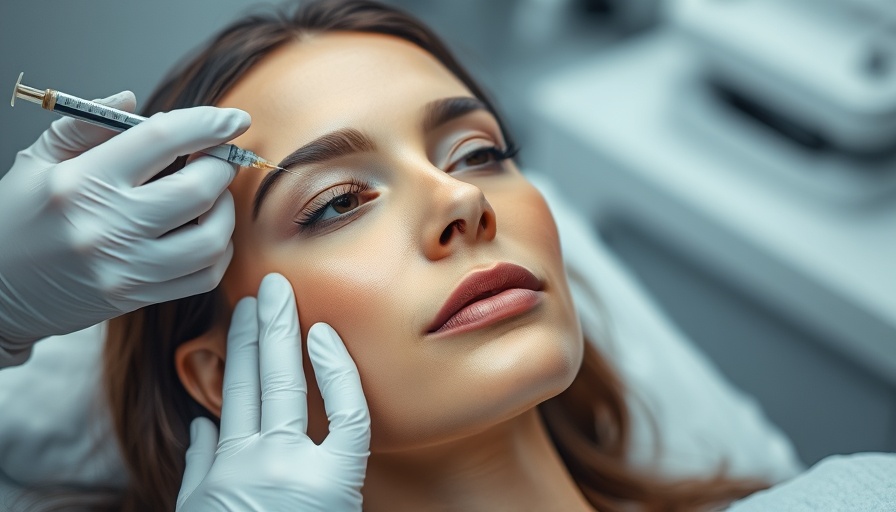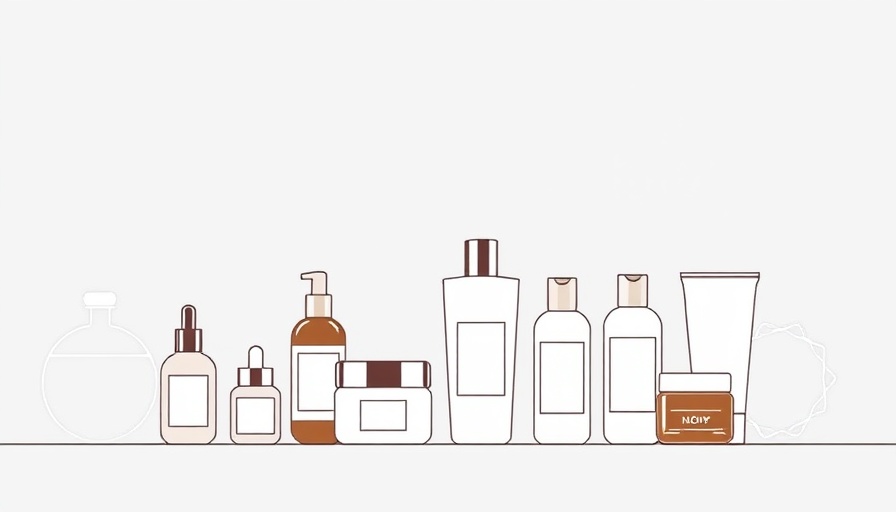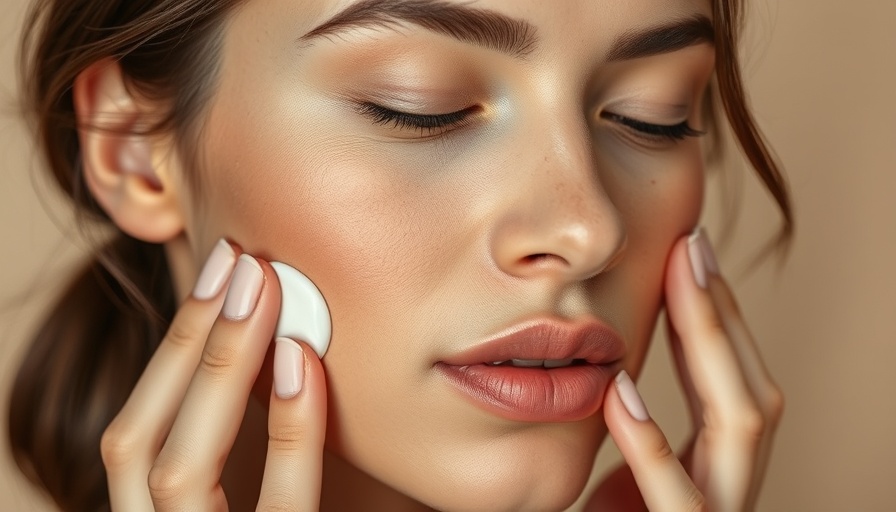
Exploring Nature's Brightening Agents: Botanical Tyrosinase Inhibitors
For many of us, achieving an even skin tone free from dark spots and hyperpigmentation can feel like an uphill battle. But as we become more aware of the dangers associated with synthetic ingredients in skincare, there’s good news: Mother Nature provides us with a wealth of solutions. Botanical tyrosinase inhibitors are plant-derived compounds that specifically target melanin production. As outlined in recent research, these natural ingredients not only promote a brightened complexion but also offer additional skin benefits thanks to their rich antioxidant profiles.
What Are Botanical Tyrosinase Inhibitors?
Tyrosinase is an enzyme that plays a key role in melanin production—essentially, it dictates how much pigment our skin produces. Botanical tyrosinase inhibitors work by blocking or reducing tyrosinase activity, thus helping to combat hyperpigmentation. These inhibitors come from natural plant sources and are packed with antioxidants that can protect and soothe the skin.
The Top Botanical Tyrosinase Inhibitors You Should Know
Licorice Root Extract (Glabridin): Studied extensively, glabridin from licorice root is effective in inhibiting tyrosinase, reducing pigmentation, and brightening skin. Clinical tests indicate a concentration as low as 2% can yield results.
Mulberry Extract (Arbutin): Derived from the leaves of the mulberry tree, this extract not only acts as a natural source of antioxidants but also effectively diminishes pigmentation. However, caution is warranted as some studies noted irritation at high concentrations.
Green Tea Extract (EGCG): Commonly known for its antioxidant properties, EGCG from green tea adds yet another string to its bow; although more research may be needed to establish its efficacy in preventing hyperpigmentation.
Comparing Natural vs. Synthetic: What's the Best Choice?
While certain traditional treatments for hyperpigmentation, such as hydroquinone and kojic acid, are well-known, they come with their own set of potential risks, including irritation and long-term skin damage. Natural alternatives like those derived from botanical sources typically carry fewer safety concerns. Research highlights the efficacy of natural inhibitors, often showcasing better safety profiles than their synthetic counterparts. As consumers, making informed choices can guide us toward better skin health that harmonizes with our beliefs about sustainable and eco-friendly practices.
Practical Application: Incorporating Botanical Inhibitors into Your Routine
For those looking to incorporate botanical tyrosinase inhibitors in their skincare regimen, a variety of products are now available in the market. Pay attention to the ingredient list when purchasing serums, creams, or masks. Look for high percentages of active ingredients like licorice extract or arbutin, and don’t hesitate to perform patch tests to ensure compatibility with your skin type.
What Lies Ahead: Future Trends in Skincare
The landscape of skincare continues to evolve as we gather more knowledge from botanical studies and consumer preferences shift toward natural products. Future innovations may yield even more potent tyrosinase inhibitors sourced from lesser-known plants, expanding our arsenal against hyperpigmentation. It presents an exciting prospect for eco-conscious consumers eager to promote not just personal beauty, but also environmental integrity.
Conclusion: Harnessing Nature for Radiant Skin
As we see more validation of the benefits of botanical tyrosinase inhibitors, it’s clear that nature is equipped with powerful resources for skin health. Embracing these ingredients could not only provide effective solutions for hyperpigmentation but also contribute to our well-being and environmental sustainability. So next time you're shopping for skincare, consider reaching for nature's solutions!
Call to Action: Ready to explore the world of botanical skincare? Dive into products that feature these powerhouse ingredients and experience the natural glow for yourself!
#licoricrootextract, #mulberryextract, #greenteaextract, #skinbrightening, #naturalskincare.
 Add Row
Add Row  Add
Add 




Write A Comment